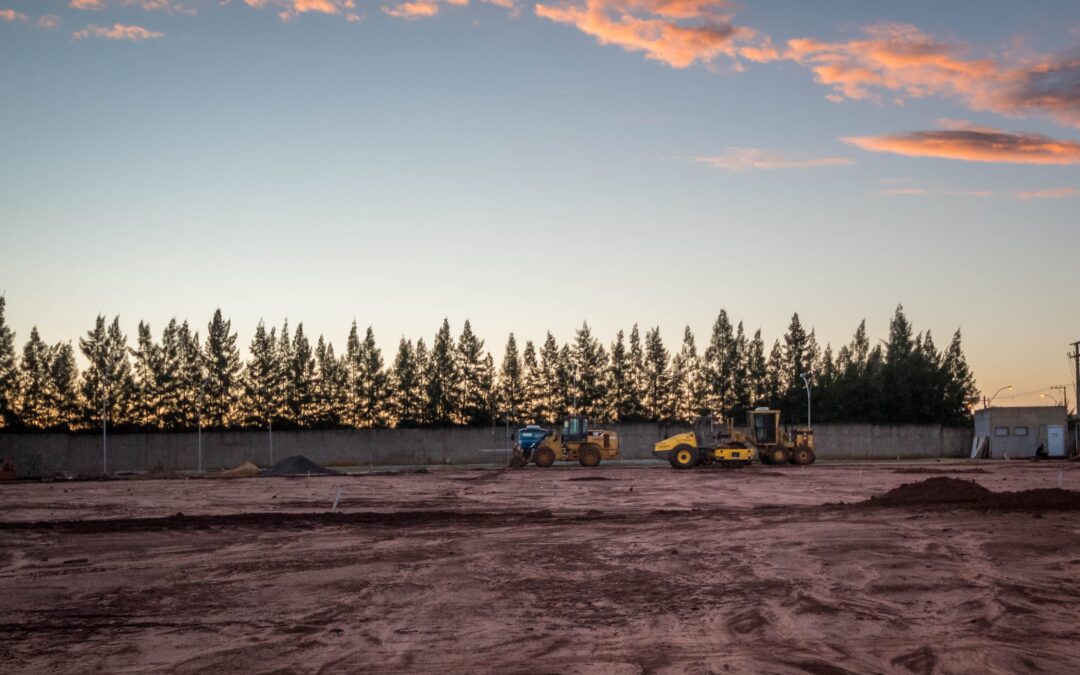As a new landowner with an acre or more, you may feel uncertain about how to proceed with clearing the land without disrupting the delicate ecosystem. To help you strike a balance, here are some tips for selecting a suitable building site on large, wooded properties while preserving the natural beauty of your land.
Assess Your Property
Take a stroll through your new property and observe the diverse array of trees growing there. Are the predominant trees conifers such as hemlock or Virginia pine, deciduous trees such as oak or ash, or a mixture of both?
Evaluate the forest canopy. Is it overgrown and gloomy, or does it allow for open spaces? Also, inspect the forest floor, is it covered in needles, or does it have an abundance of overgrown brush?
Before proceeding with any land clearing, it’s crucial to understand the existing tree composition of your property. Create a comprehensive master plan that outlines your objectives for the land, including your preferred trees and those that need to be removed. This will ensure the health and improvement of your backyard forest as you prepare the site for building your dream home.
Share your master plan with the land clearing service you choose to work with. They will assist you in fulfilling your woodlot beautification goals and ensure that the building site is ready for construction.
Leave Trees That Encourage Diversity
Your backyard forest is teeming with a diverse range of tree species, plants, and wildlife. While the actual building site must be cleared of all vegetation, the decisions you make for the rest of your property will have a significant impact on its overall health and biodiversity. Choose wisely to preserve and enhance the unique beauty of your land.
Keep Trees That Provide Food
The type of trees on your property can greatly influence the variety of wildlife that inhabits it. For instance, a property abundant in oak trees is likely to have a thriving wild turkey population as acorns are a staple in their diet.
When clearing your land for the building site, consider preserving healthy fruit trees and other vegetation that serve as a food source for birds and other wildlife, such as blackberry brambles. This not only helps maintain the natural balance of your ecosystem but also enhances the diversity of wildlife on your property.
Keep a Variety of Tree Species
Practicing monoculture, or the cultivation of only one type of crop, can pose a significant risk to forested landowners. Clearing all trees except for oak trees, for example, leaves your backyard forest vulnerable to diseases specific to oak trees that could potentially wipe out your entire tree population. To maintain a healthy and resilient ecosystem, it’s important to diversify the types of trees on your property.
Keep Some Dead Trees
While it’s crucial to remove dead trees that pose a danger to your building site, consider leaving some of the dead trees that are harmless. Dead trees serve as crucial habitats for a range of wildlife, such as woodpeckers searching for insects and larvae, raccoons who make the hollowed-out cavities their homes, birds and squirrels that build their nests, and raptors using them as perches to hunt snakes or rodents.
Not only do dead trees provide vital habitats for wildlife, but they also help keep your property free of harmful snakes and vermin by providing a perch for predators.
Making environmentally conscious decisions when deciding which trees to remove and which to keep is crucial in maintaining the health and diversity of your ecosystem. Wildlife habitat preservation and restoration should be an integral part of developing your backyard forest building site.
If you’re ready to begin clearing your land, reach out to R&R Tree and Landscaping to discuss your options and create a sustainable plan.

